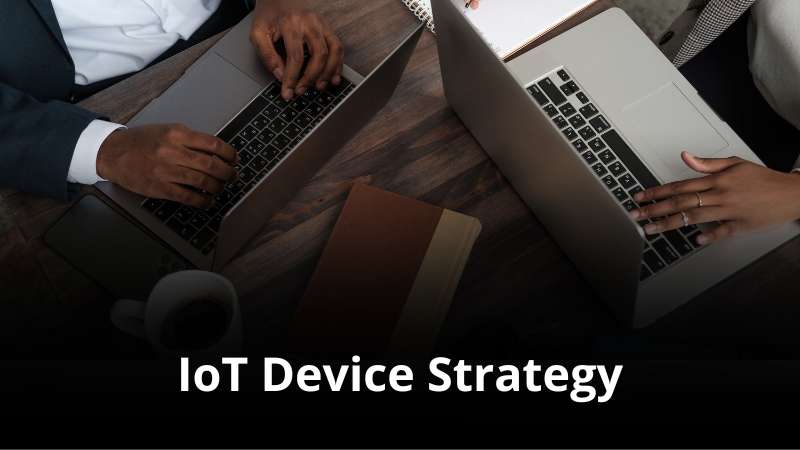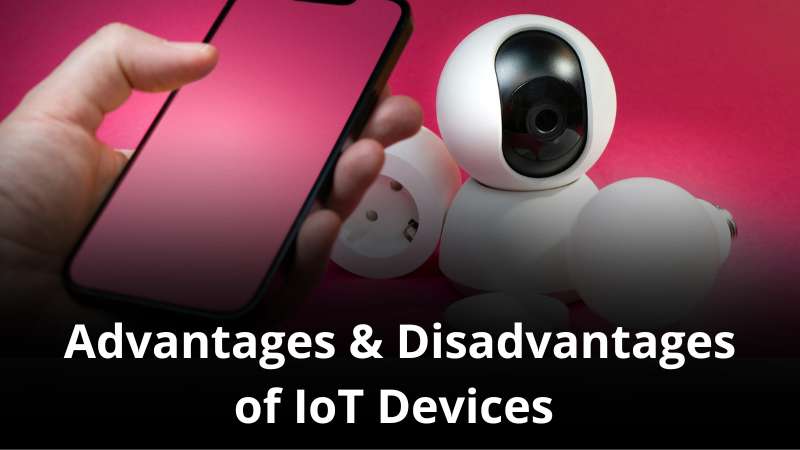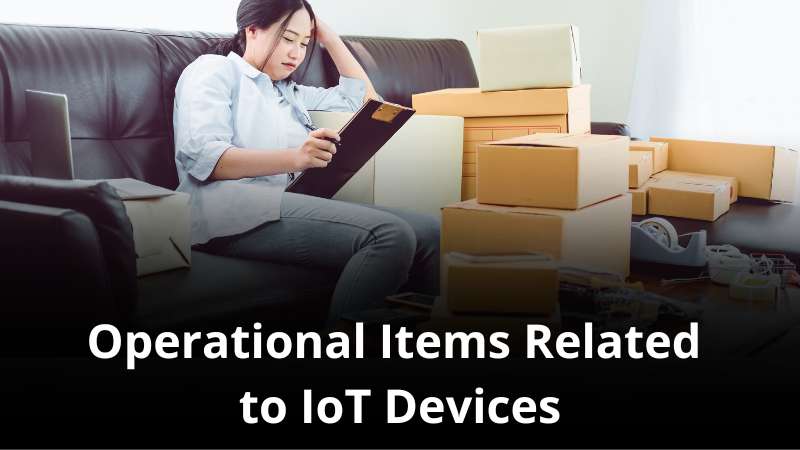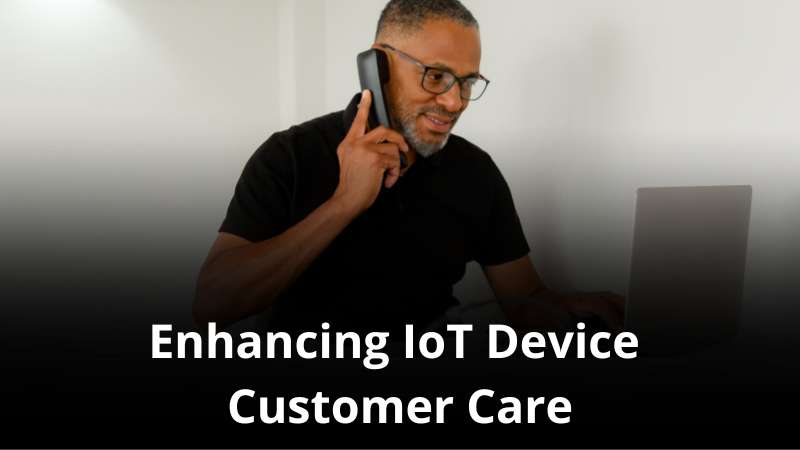Introduction about Enhancing IOT Customer Care
The proliferation of IoT devices has fundamentally altered the landscape of customer interactions for Mobile Virtual Network Operators (MVNOs). In this interconnected era, where diverse IoT devices permeate industries and consumer environments, delivering a superior customer experience is paramount. Excellent customer care is no longer a peripheral service; it’s a critical differentiator that fosters customer loyalty, strengthens brand reputation, and drives sustainable growth. This document outlines a comprehensive approach to effective customer care for IoT devices, addressing the complexities of diverse device types, data management, security concerns, and the unique challenges MVNOs face in maximizing customer satisfaction and building lasting relationships.What do you need to know about IOT Device Customer Care?
- Mobile/Cellular Device Customer Care Strategy
-
- Increased Complexity of Customer Interactions in IoT
- Customer Care Considerations for IoT Devices
- Impact on Customer Satisfaction and Loyalty in the IoT Context
- Cost Implications of IoT Device Support
- Enhancing Customer Care Through IoT-Specific Technologies
- The Importance of Feedback and Continuous Improvement in IoT
-
- IOT Device Customer Care Device Support
- The impact on the BSS for Mobile Device Customer Care
- Frequently Asked Questions (from the MVNO’s Perspective)
- Summary about IOT Device Customer Care
IOT Device Customer Care Strategy
A robust customer care strategy is crucial for MVNOs venturing into the IoT device market. Here’s why and what to consider.
Increased Complexity of Customer Interactions
The diverse nature of IoT devices introduces significant complexities to customer interactions. Customers require support for a wide range of device-related issues, including:

Device Integration and Setup: Assisting with initial device setup, network integration, data flow configuration, and API integrations.
Connectivity Issues: Troubleshooting connectivity problems related to cellular, LPWAN, Wi-Fi, and other communication protocols.
Data Management and Security: Addressing concerns related to data privacy, security vulnerabilities, and data transmission issues.
Firmware and Software Updates: Providing support for remote firmware updates, software compatibility issues, and security patch installations.
Sensor Calibration and Data Accuracy: Assisting with sensor calibration, data accuracy verification, and data interpretation.
Interoperability Issues: Solving problems related to device interoperability and data exchange between different IoT systems.
Customer Care Considerations for IOT Devices
To effectively address these complexities, several key considerations are crucial:

Specialized Training for IoT Devices: Customer service representatives require specialized training on IoT device functionalities, data management, security protocols, and industry-specific applications.
Robust Data Management Systems: Implementing robust data management systems to handle data flow, security protocols, and troubleshooting information.
Clear and Detailed Documentation: Providing comprehensive documentation, including API guides, troubleshooting manuals, and integration guides.
Remote Diagnostic Capabilities: Implementing remote diagnostic tools to troubleshoot device issues and provide remote support.
Security Incident Response Plans: Developing incident response plans to address security breaches and data privacy concerns.
Industry-Specific Support: Providing support tailored to the specific needs of different industries, such as healthcare, manufacturing, or agriculture.
Impact on Customer Satisfaction and Loyalty in the IoT Context
Effective customer care directly impacts customer satisfaction and loyalty in the IoT context. Positive support experiences:

Build Trust in Data Reliability: Demonstrating expertise in data management and security builds trust in the reliability of IoT data.
Enhance Solution Value: Providing proactive support and troubleshooting enhances the value of IoT solutions.
Foster Long-Term Partnerships: Building strong relationships with enterprise customers through dedicated support.
Cost Implications of IoT Device Support
Comprehensive customer care for IoT devices increases operational costs. MVNOs must consider:
Specialized Staffing Costs: Hiring and training personnel with expertise in IoT technologies and industry-specific applications.
Data Management and Security Costs: Investing in data management systems, security tools, and compliance measures.
Remote Diagnostic and Support Tools: Implementing remote diagnostic tools, remote access software, and support platforms.
Logistics and Reverse Logistics Costs: Managing device returns, repairs, and replacements, including specialized handling and data wiping.
Enhancing Customer Care Through IoT-Specific Technologies
Technology plays a crucial role in enhancing customer care efficiency and effectiveness for IoT devices.

AI-Powered Diagnostics: Implementing AI-powered diagnostic tools to identify and resolve device issues remotely.
Data Analytics and Predictive Maintenance: Utilizing data analytics to predict device failures and enable proactive maintenance.
API Management Platforms: Implementing API management platforms to streamline device integration and data exchange.
Remote Device Management Systems: Using remote device management systems to configure, monitor, and troubleshoot IoT devices.
The Importance of Feedback and Continuous Improvement
Gathering and analyzing data feedback is essential for continuous improvement in IoT customer care.

Data-Driven Insights: Using data analytics to identify recurring issues, optimize support processes, and improve device performance.
Customer Feedback Channels: Implementing feedback channels, such as surveys, forums, and online communities, to gather customer insights.
Proactive Issue Resolution: Using data insights to proactively address potential issues and prevent customer dissatisfaction.
IOT Device Customer Care Device Support
Now, let’s focus on specific aspects of hardware (e.g. IOTdevices) support.
Managing RMAs (Return Merchandise Authorizations)
Efficiently managing device returns (RMAs) is crucial for minimizing customer disruption and operational overhead.
- Data Security and Wiping: Implementing secure data wiping procedures for returned devices to protect sensitive information.
- Specialized Packaging and Handling: Using specialized packaging and handling procedures to protect sensitive IoT devices during transit.
- Integration with IoT Platforms: Integrating RMA processes with IoT platforms to track device status and data logs.
Device Diagnostics and Troubleshooting Tools
Providing device diagnostic tools and online troubleshooting guides empowers customers to resolve common issues independently.
- Remote Diagnostic Tools: Implementing remote diagnostic tools that allow customers to troubleshoot device issues from their own locations.
- API Troubleshooting Guides: Providing detailed troubleshooting guides for API integrations and data exchange.
- Knowledge Bases for IoT Platforms: Creating knowledge bases that provide information on IoT platforms, device configurations, and data management.
Handling Warranties and Guarantees
Clearly defined warranties and guarantees are essential for building customer trust and protecting them from defective devices.
- Performance-Based Warranties: Offering performance-based warranties that guarantee specific data accuracy or uptime.
- Service Level Agreements (SLAs): Implementing SLAs for enterprise customers that outline support response times and resolution targets.
- Extended Warranty and Support Packages: Offering extended warranty and support packages for mission-critical IoT deployments.
The impact on the BSS for IOT Device Customer Care
The introduction of IoT device sales and support significantly impacts the MVNO’s BSS. The BSS must be adapted to handle new data elements related to IoT devices, such as sensor data, API keys, security certificates, and device configurations.
This requires integration with IoT platforms, data analytics tools, and remote device management systems. Furthermore, the BSS needs to support new business processes related to IoT device lifecycle management, data security, and compliance.
Additionally, the customer care modules within the BSS must be enhanced to accommodate IoT-specific inquiries and troubleshooting workflows.
Frequently Asked Questions
1. What are the key security considerations for IoT device support?
Security in IoT device support is paramount, demanding a comprehensive strategy. This involves ensuring device security through measures such as secure boot processes, reliable firmware updates, and hardware-based security features. Network security is equally vital, requiring the use of secure communication protocols like TLS/SSL, network segmentation to isolate sensitive systems, and intrusion detection systems to identify and mitigate threats. Data security mandates encryption of data both at rest and in transit, strict access controls to limit data exposure, and strict adherence to all relevant data privacy regulations. Furthermore, conducting regular security audits and penetration testing is crucial for proactively identifying and addressing vulnerabilities, thereby ensuring the ongoing security and integrity of the IoT ecosystem.
2. How can we provide remote diagnostic capabilities for diverse IoT devices?
Providing remote diagnostic capabilities for diverse IoT devices necessitates the implementation of robust tools and systems. This can include the development of remote access software, the integration of device management platforms, and the utilization of data analytics to identify and resolve device issues remotely. By implementing AI-powered diagnostic tools, MVNOs can automate the identification and resolution of common device problems. Furthermore, providing detailed API troubleshooting guides and creating comprehensive knowledge bases for IoT platforms can empower customers to resolve issues independently, reducing support inquiries and improving customer satisfaction.
3. What are the best practices for managing data security and privacy in IoT support?
Managing data security and privacy in IoT support requires a multifaceted approach. This involves implementing robust data encryption techniques, adhering to strict access control policies, and complying with all relevant data privacy regulations, such as GDPR. MVNOs should also establish clear data retention policies and implement secure data wiping procedures for returned devices. Furthermore, conducting regular security audits and penetration testing is crucial for identifying and addressing potential security vulnerabilities.
4. How do we handle device interoperability and API integration issues?
Handling device interoperability and API integration issues requires a deep understanding of diverse IoT protocols and standards. MVNOs should provide detailed API documentation, troubleshooting guides, and integration support to assist customers with device interoperability. Furthermore, establishing partnerships with device manufacturers and system integrators can facilitate seamless device integration and data exchange. Implementing API management platforms can also streamline device integration and data exchange, enhancing customer satisfaction.
5. What are the benefits of MVNO's providing IOT solutions customer care, and how does this affect their market position?
Providing IoT solutions customer care offers MVNOs numerous benefits, including the ability to generate diversified revenue streams from value-added services, enhance customer loyalty through proactive support, and establish a competitive differentiation by demonstrating expertise in IoT technologies. This strategic move allows MVNOs to transition from mere connectivity providers to trusted solution providers, expanding their market reach and strengthening their position in the rapidly evolving IoT landscape.
Summary about IOT Device Customer Care
In summary, excellent customer care is essential for MVNO success in the rapidly evolving IoT market. By focusing on specialized training, robust data management, proactive communication, and continuous improvement, MVNOs can build strong customer relationships, increase loyalty, and reduce churn. A comprehensive customer care strategy, including efficient RMAs, transparent warranties, and readily available support channels, is crucial for achieving these goals. We encourage you to contact us for further information or assistance in developing your IoT customer care strategy.
